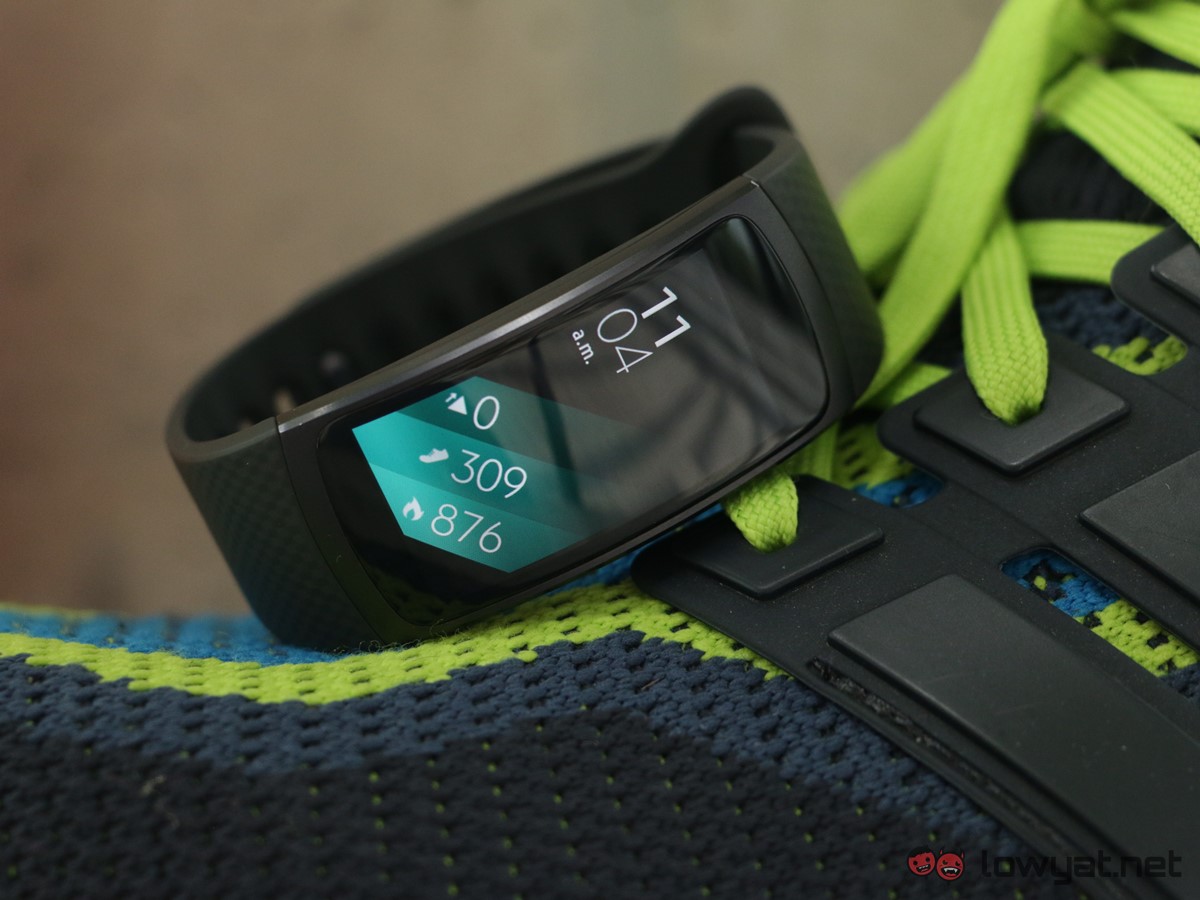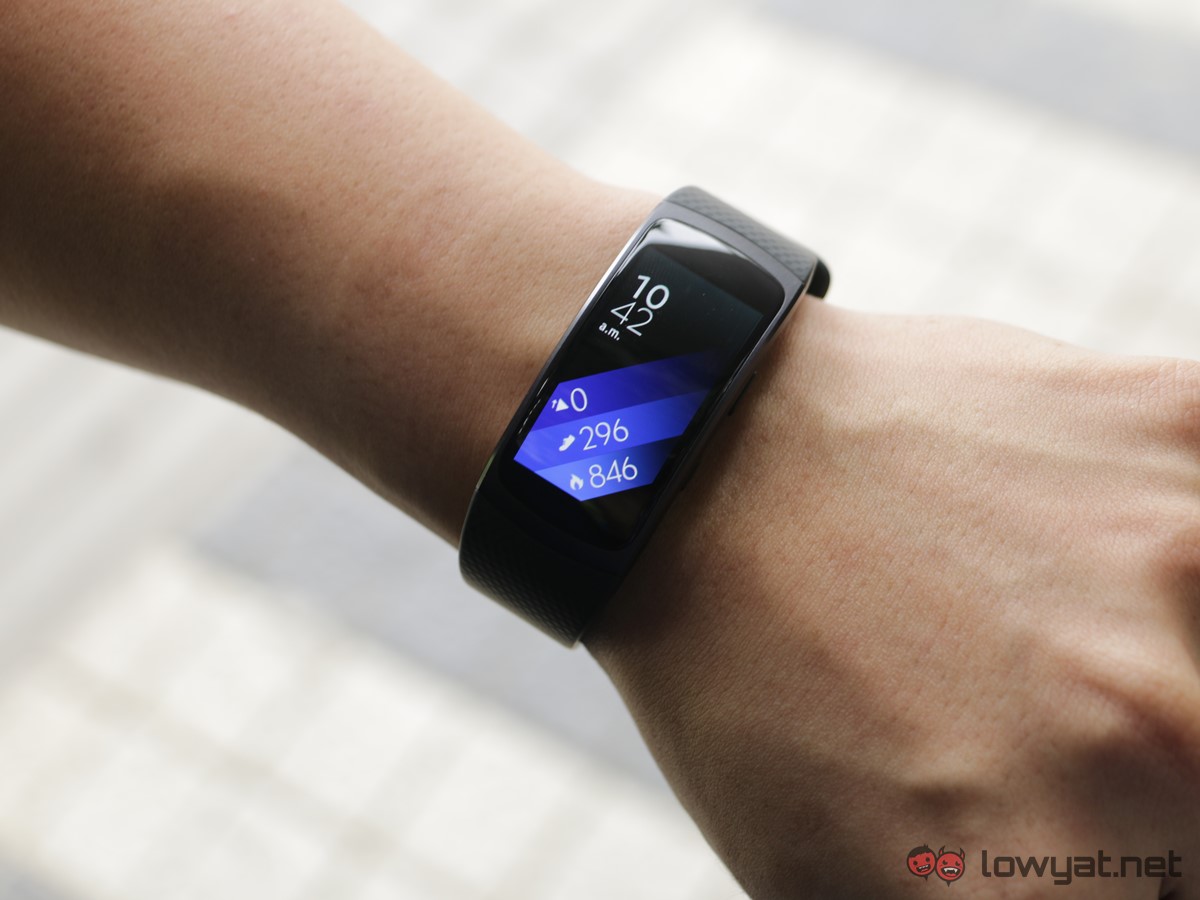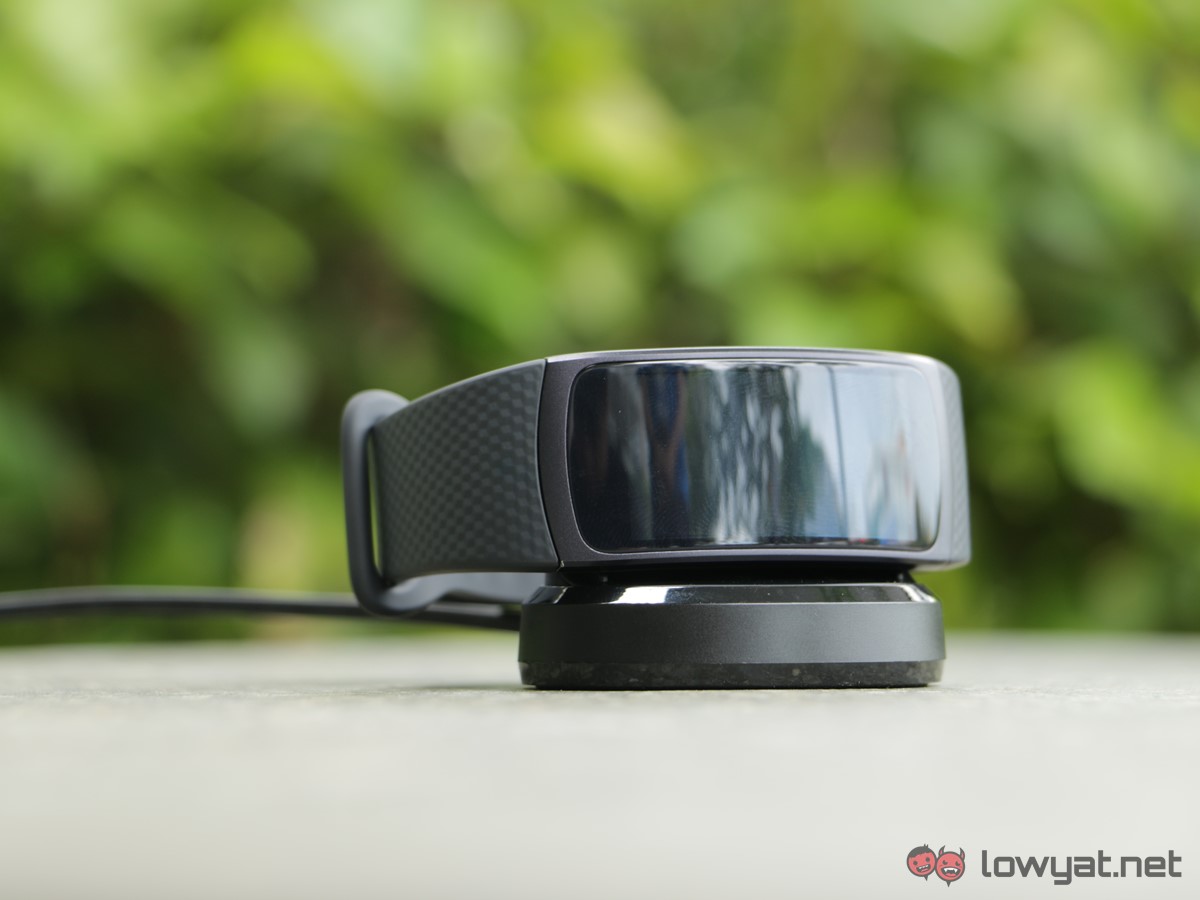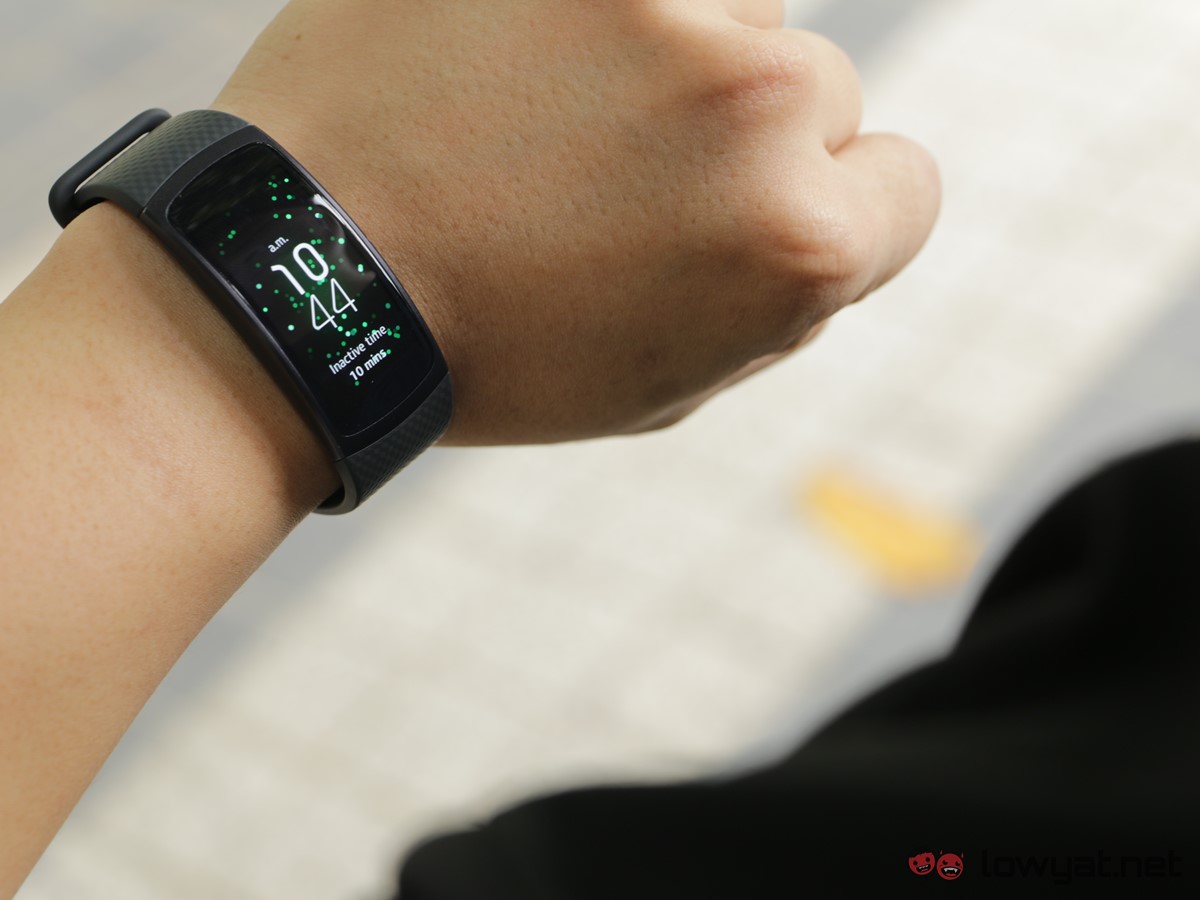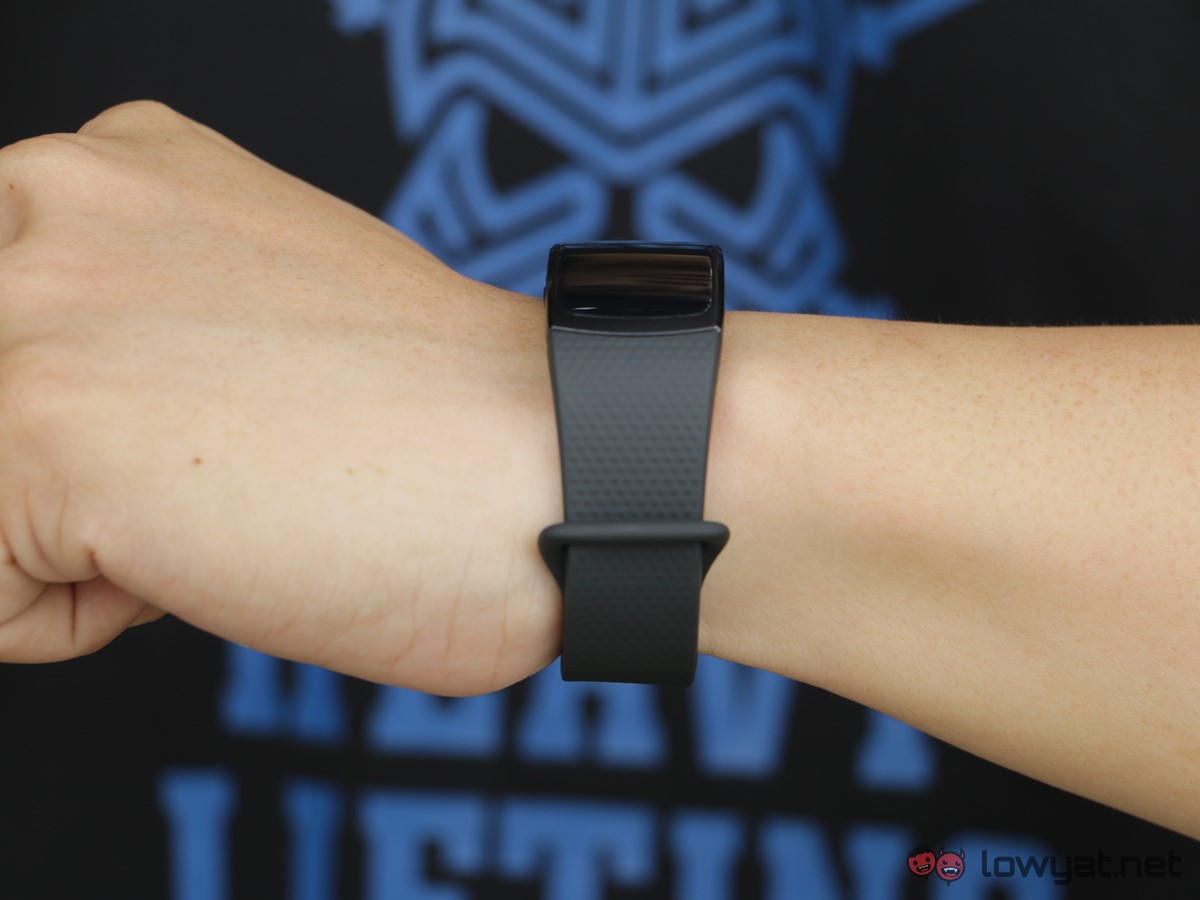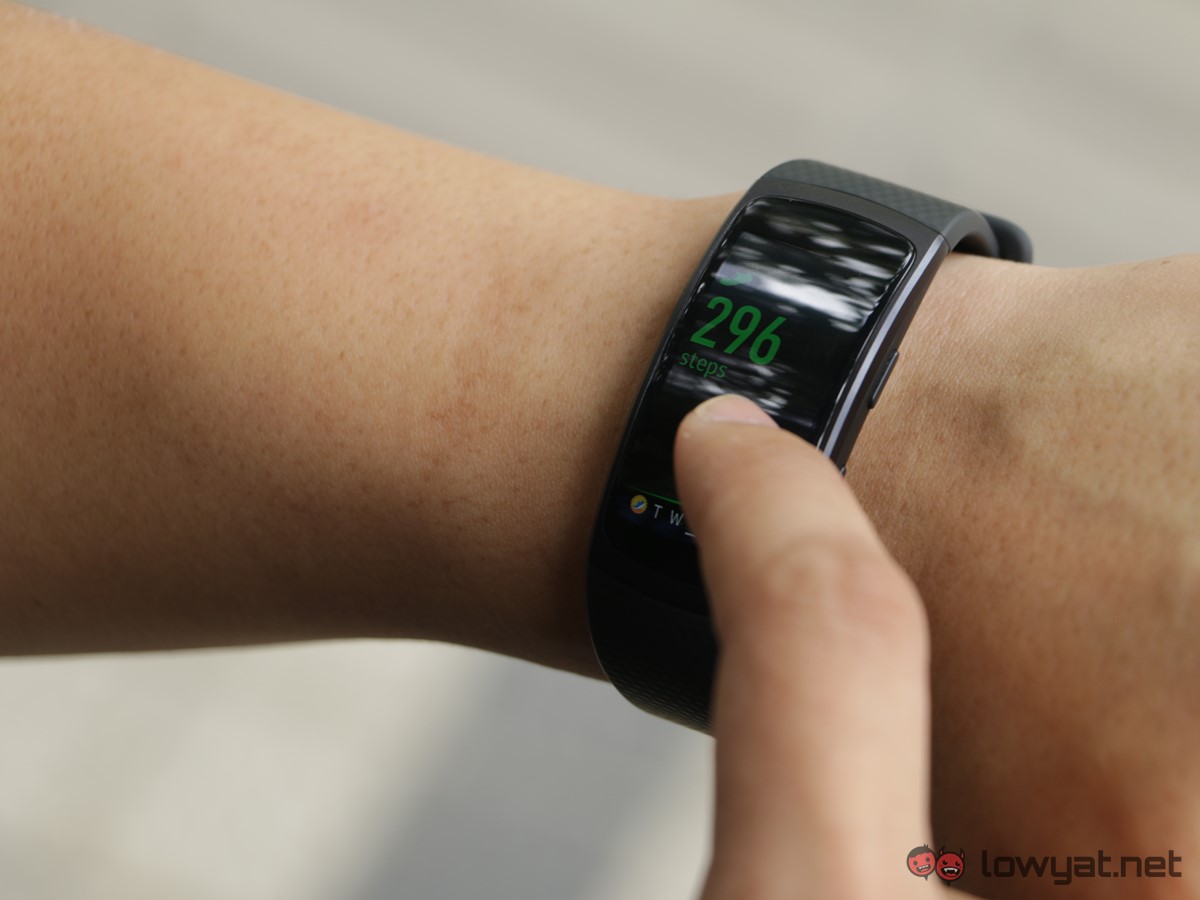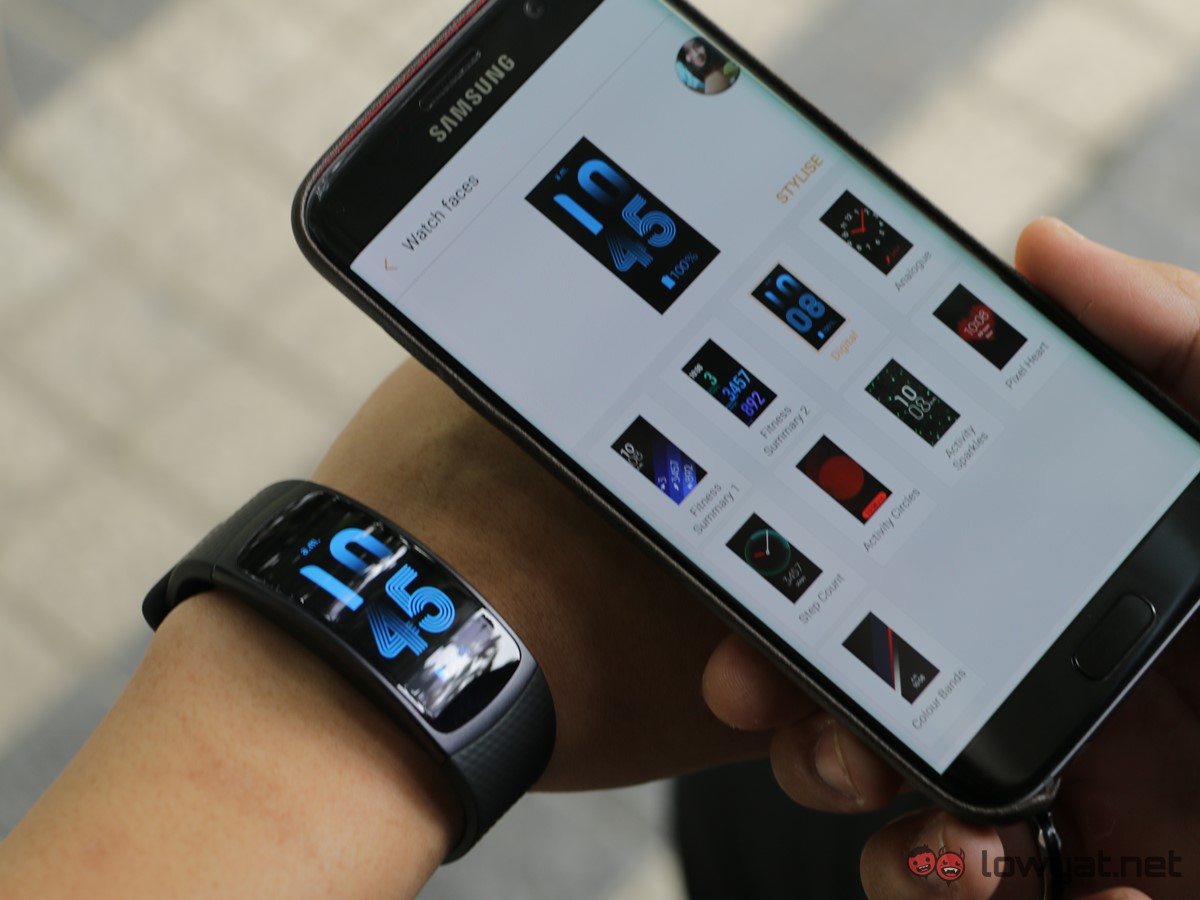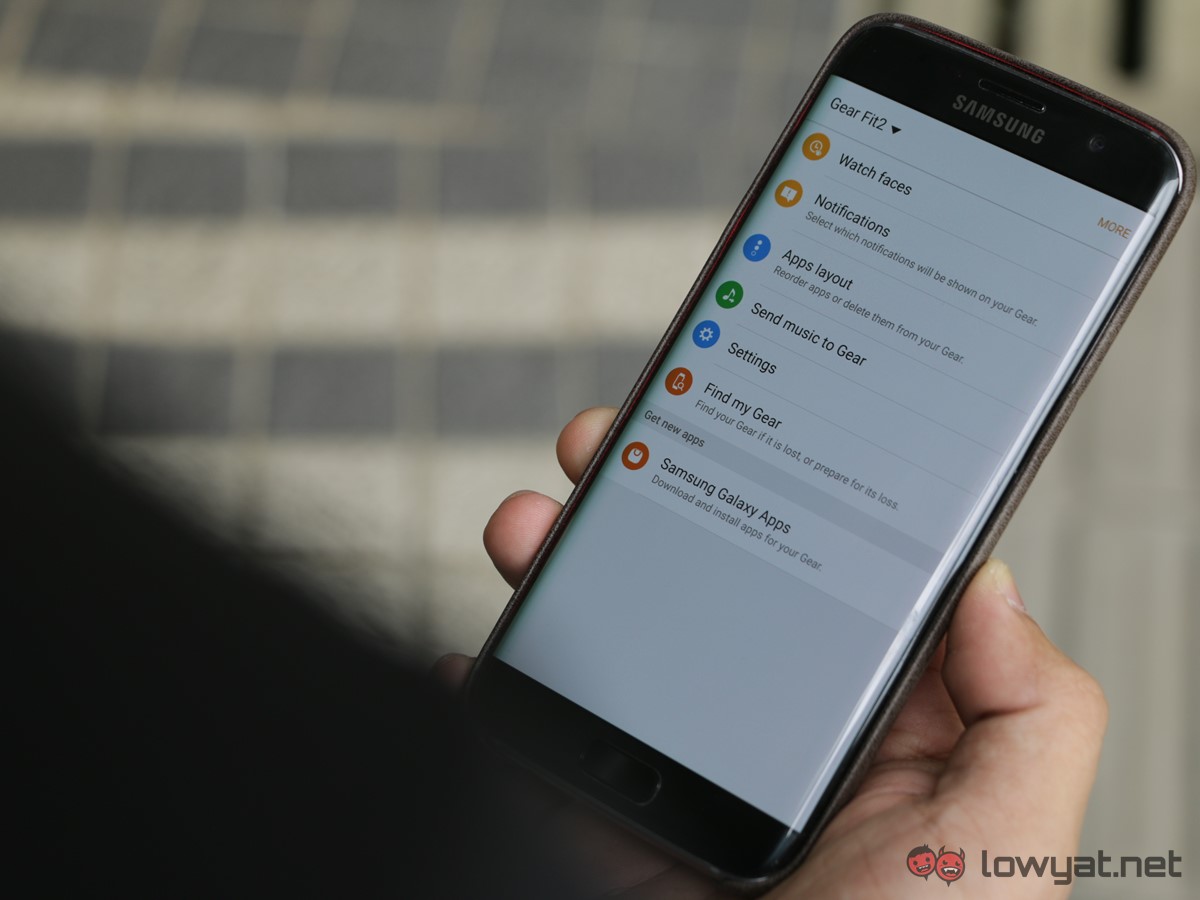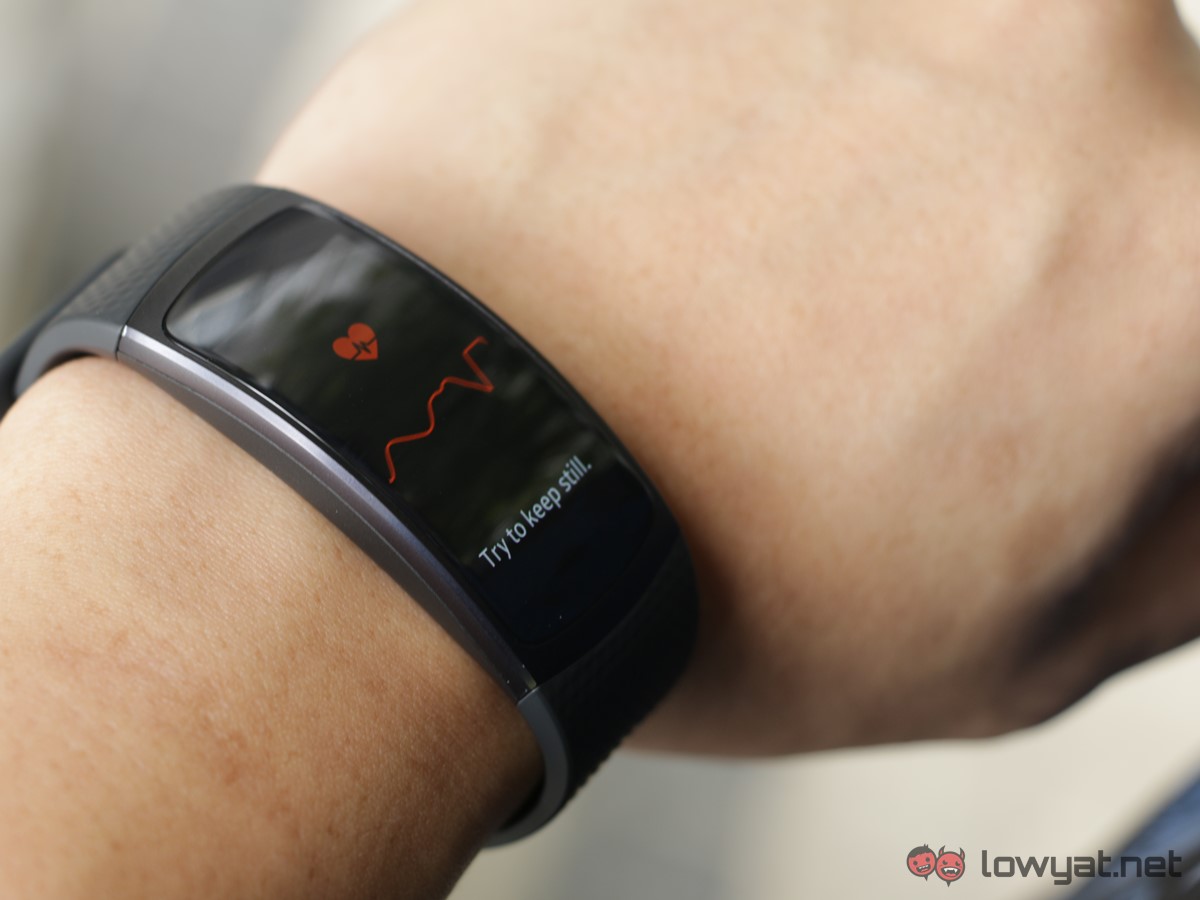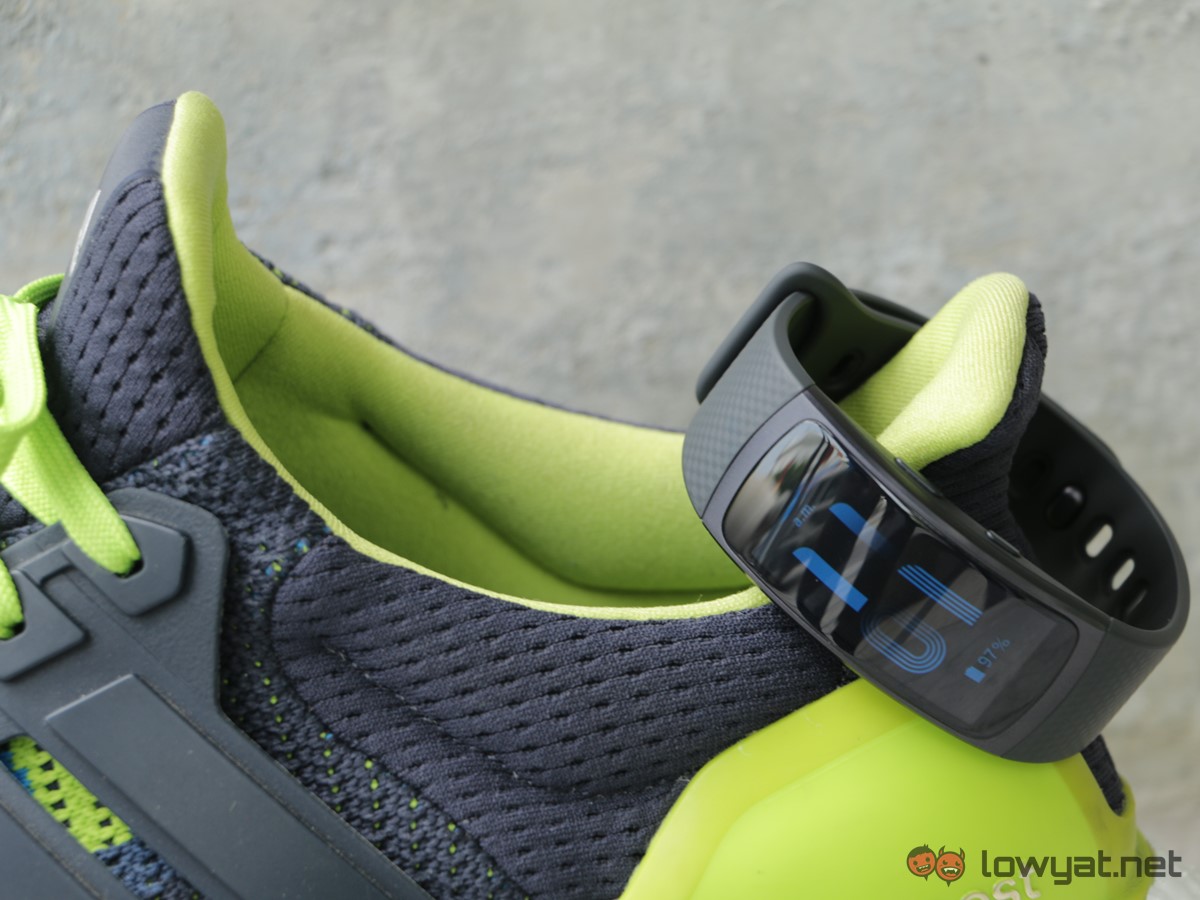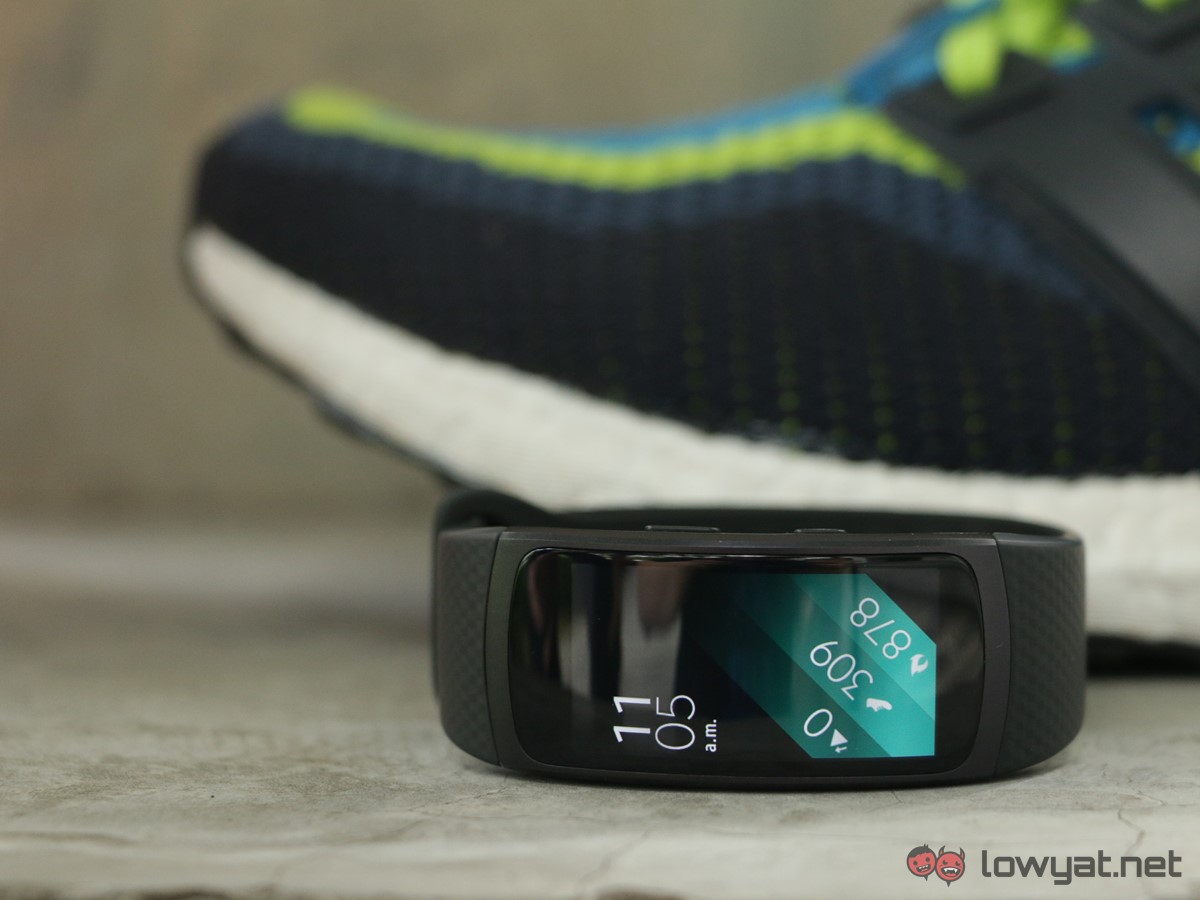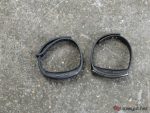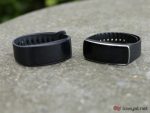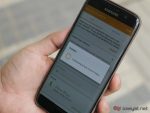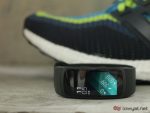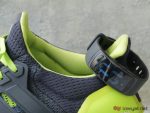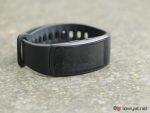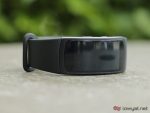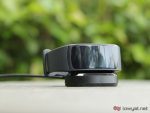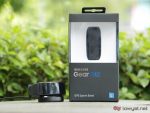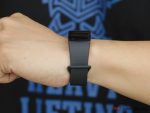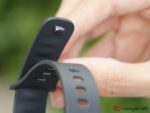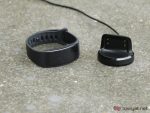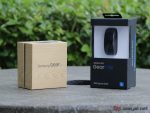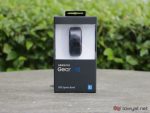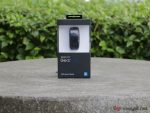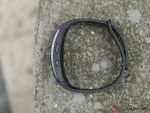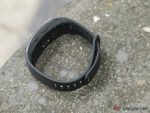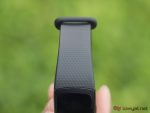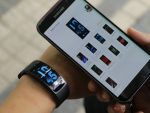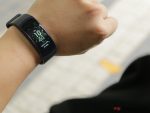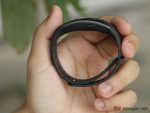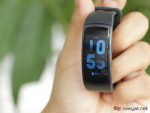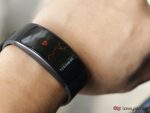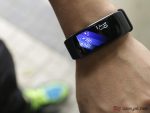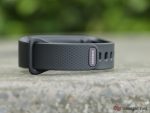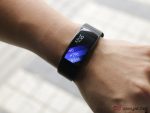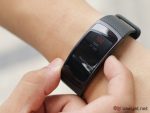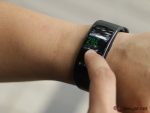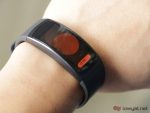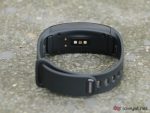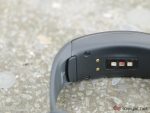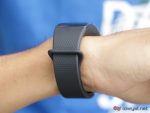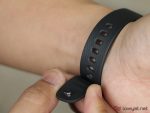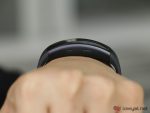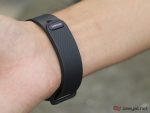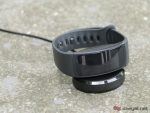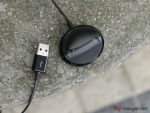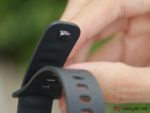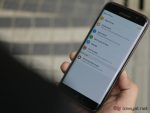It may be categorised as a fitness tracker, but after spending some time with the Samsung Gear Fit2, it grew to be something more than that. Sure, there’s lots of fitness tracking features but it also has other tricks up its sleeve that make it partially a smartwatch.
What Is It?
Made by Samsung, the Gear Fit2 is the company’s latest addition to the Gear lineup. It’s also the successor to the original Gear Fit that was released two years ago. With its core function being a fitness tracker, the Gear Fit2 is capable of tracking basic fitness elements like steps taken, calories burnt, floors climbed, heart rate, sleep data, and even water and caffeine consumed.
The Gear Fit2 boasts a new design, constructed with new materials to make it even more comfortable than the original Gear Fit. It features a smaller 1.5-inch touch curved sAMOLED display with a resolution of 216 x 432, protected by Corning Gorilla Glass 3. Under the hood, it runs on 512MB of RAM with 4GB of internal storage. Powering the Gear Fit2 is a 200mAh battery which Samsung promises three to four days of use, and five if left on standby. The Samsung Gear Fit2 comes in three different colours – red, blue, and the popular black.
Is It Any Good?
Let’s talk about its design and comfort. Samsung decided to go with a new textured elastomer strap, which is comfortable and somewhat stretchable. The device is rated IP68 for water and dust resistance, which means you can wear it while showering or swimming, which is to be expected from a premium fitness tracker. The strap also has great adjustment levels with a one-button clasp that fastens on quickly and hassle-free.
The screen is bright and exceptionally vibrant. With a flick of the wrist, the Gear Fit2 almost instantly lights up to show me the time, or the screen I last viewed. By covering the screen with my palm, the screen instantly turns off to save battery. The touchscreen is also really responsive, but only when your fingers are dry. Once you start exercising and have sweaty fingers, it takes a while for the touchscreen to register your touch gesture.
In terms of fitness tracking, the Gear Fit2 is quite reliable in tracking steps taken and distance traveled. You can either let the Gear Fit2 automatically detect what exercise you’re doing, or specify it on the Gear Fit2 itself. It can track almost any kind of exercise from hiking to cycling, squats to lunges, and even when you’re on a rowing machine in the gym. All you need to do is select your workout, set a time, choose the intensity, and after a three-second countdown, you’re ready to go. Heart rate tracking is now continuous with a 10-minute interval, but you would have to enable it as it is disabled by default. This is probably to conserve the Gear Fit2’s battery life.
When it comes to sleep tracking, compared to the original GearFit, I now do not need to manually set when I start sleeping and when I’ve woken up. Apart from that, I also like the fact that it can now track my naps too. Tracking the amount of water and caffeine consumed during the day are also nice features to have, but it requires you to input those data manually (which means most of us won’t do it). All these data will then be synced with the Samsung S Health app for you to conveniently review them.
The Gear Fit Manager app has a wide range of features for you to customise your Gear Fit2. The stock watch faces look decent and they can be changed according to your style, as well as display different types of data. Unfortunately, the app now doesn’t let you set your own images as the watch face like on the first generation GearFit. But if Samsung were to allow it in the future, the company could easily add the feature with an app update.
I also liked the fact that you could sync certain app data from your smartphone to the Gear Fit2. Having Spotify on your smartphone enables the Gear Fit2 to be a remote to control your music. You can search for songs, listen to playlists, but all this requires the Gear Fit2 to be connected to your phone.
You could also manage which apps send you notifications on your Gear Fit2. This is important because you can save yourself from receiving spam notifications from WhatsApp or Telegram, diminishing the GearFit’s battery faster than it should. Another great notification feature the Gear Fit2 has is for inactive time. Once the Gear Fit2 detects that you’ve been inactive for 50 minutes, it will notify you to get up and start walking. Come to think of it, it could also be an annoying feature.
The Bad Stuff. Tell Me.
I found that at times, the Gear Fit2’s tracking can get a little wonky. Heart rate tracking while exercising fluctuates pretty often (which can be dangerous if you’re relying on it), and floors climbed tracking can be a bit off. Samsung did not include an altimeter in the Gear Fit2, but the company said it could still track floors climbed. So imagine how it felt like waking up one morning and seeing I’ve climbed 10 floors overnight.
The Gear Fit2 is supposed to automatically track the type of exercise you’re doing, but when you do it with variation, it doesn’t detect it properly. For example, to do squats your arms must be straight out in front of you. But if you do weighted squats with your hands holding the barbell, no matter how many squats you do, the Gear Fit2 thinks you’re just being lazy, and returns a grand total of zero squats performed.
Battery life is crucial when it comes to fitness trackers. Using the Gear Fit2 in lazy mode (no exercise), it could last me a good four days before I need to whip out the charging dock. With moderate exercise on alternate days, which includes running, playing badminton, and working out at the gym, I could squeeze two and a half days out of the Gear Fit2. Going hardcore on the GPS with a 5K outdoor run in the morning, a two-hour badminton session in the afternoon and a one-hour session at the gym, the Gear Fit2’s battery was down to 8% on the next morning.
Charging the Gear Fit2 can be pretty frustrating because it requires you to use the proprietary charging dock provided by Samsung. Rather than a clip-on adapter, the charging dock is now magnetic with a non-removable cable. If you only charge the Gear Fit2 at home, it works fine. But if you’re on the go and the Gear Fit2 is low on battery, charging it is near impossible. I say this because the cable is pretty long and the Gear Fit2 doesn’t lock on firmly to the dock, meaning there’s no possible way for you to quickly charge it in your bag. It’s also worth noting that the Gear Fit2 takes an hour and fifteen minutes to be fully charged. There are several settings you can disable to save battery, but being a fitness tracker, you’d want it to be able to track all your movements full-time. So if you’re a really active person, be prepared to charge the Gear Fit2 every night.
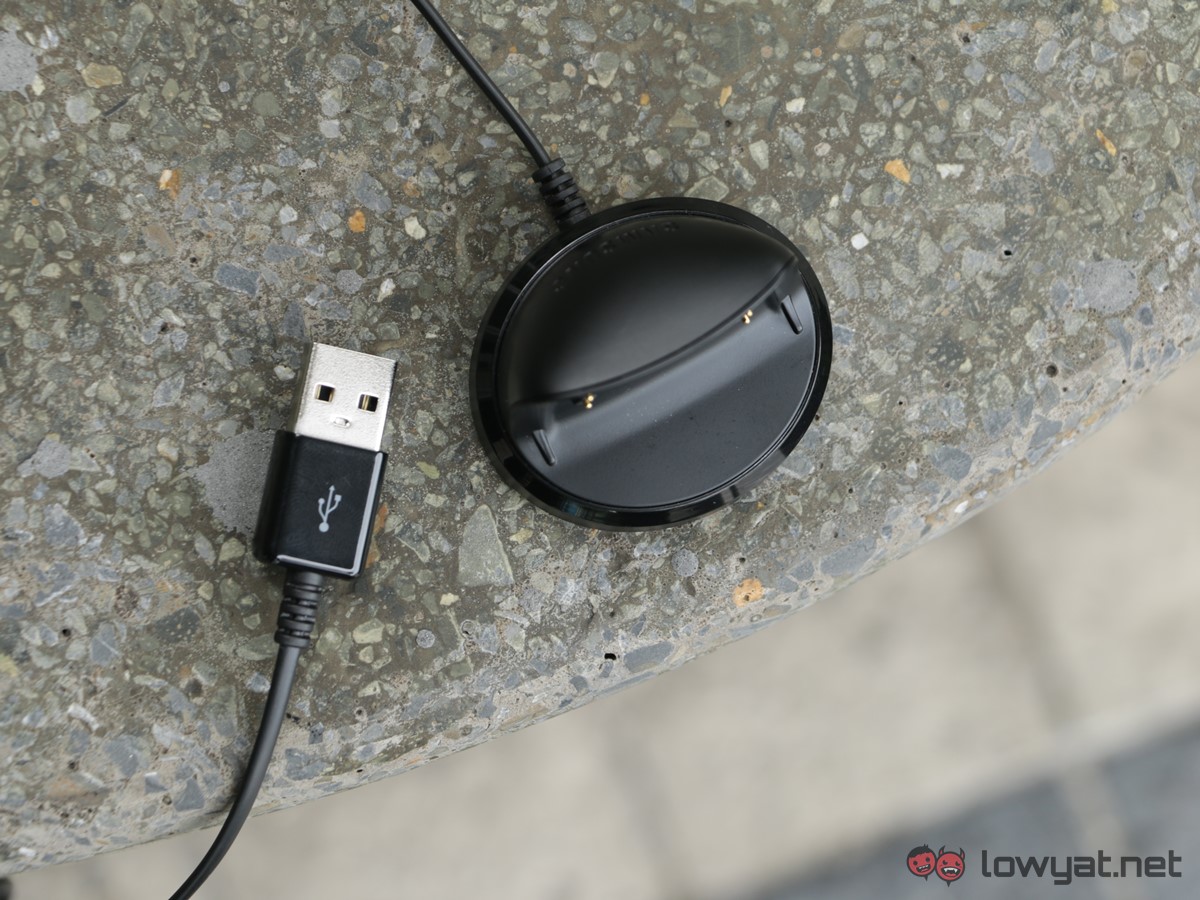
The Gear Fit2 does not have a simple alarm feature built in – you’d need to enable an alarm from your connected phone before it syncs with a silent alarm. It would have been a lot better to have a standalone alarm.
Finally, despite Samsung broadening device compatibility for the Gear Fit2, the fitness tracker still does not have support for iOS devices, making it an Android-only fitness tracker.
Should I Buy It?
The Gear Fit2 is quite a good option considering its RM699 price. Compared to its predecessor, the Gear Fit2 offers better hardware, a more comfortable strap, a superior touch display, improved fitness tracking, autonomous sleep tracking, and more.
If you’re an individual who exercises regularly and don’t want to wear both a watch and a fitness tracker, the Gear Fit2 is a good option. Fitness tracking is what you’re buying it for, while the additional smartwatch features come as a bonus.
Follow us on Instagram, Facebook, Twitter or Telegram for more updates and breaking news.

